
Bolz Marine Survey
Click to Copy
Burn up -- Blow up or Sink?
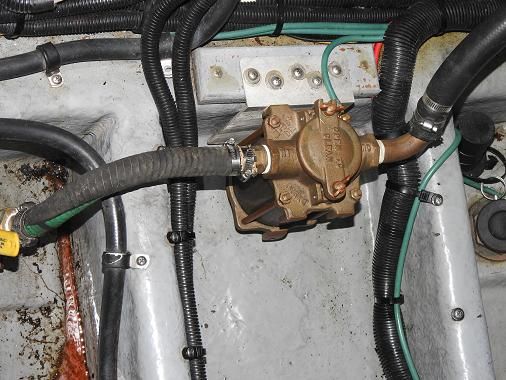
Holes in the bottom of your boat? Through hull connections that are under water should have 2 clamps on each end of the hose so the hose doesn't come off. Duh.....
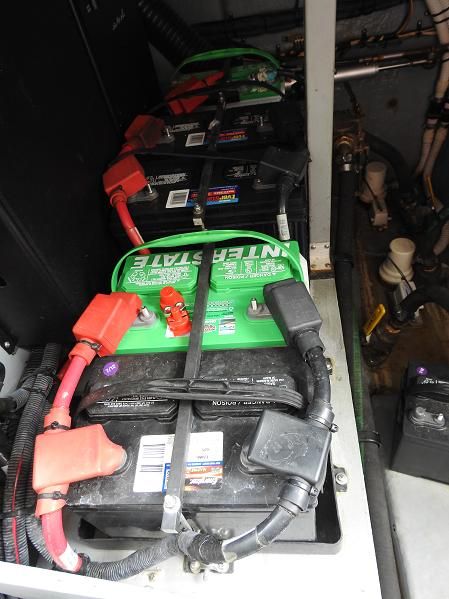
Battery terminals need to be fully covered so there is no possibility of shorting and creating a spark. Your fuel tanks are normally in the engine space.
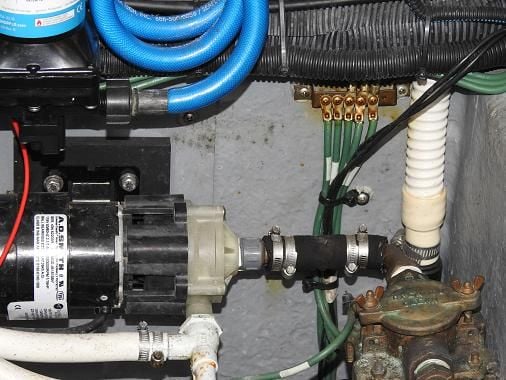
Bonding systems protect against stray electrical current corrosion.
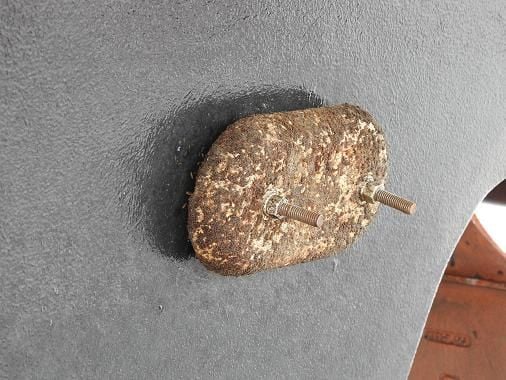
Bonding systems protect against galvanic corrosion.
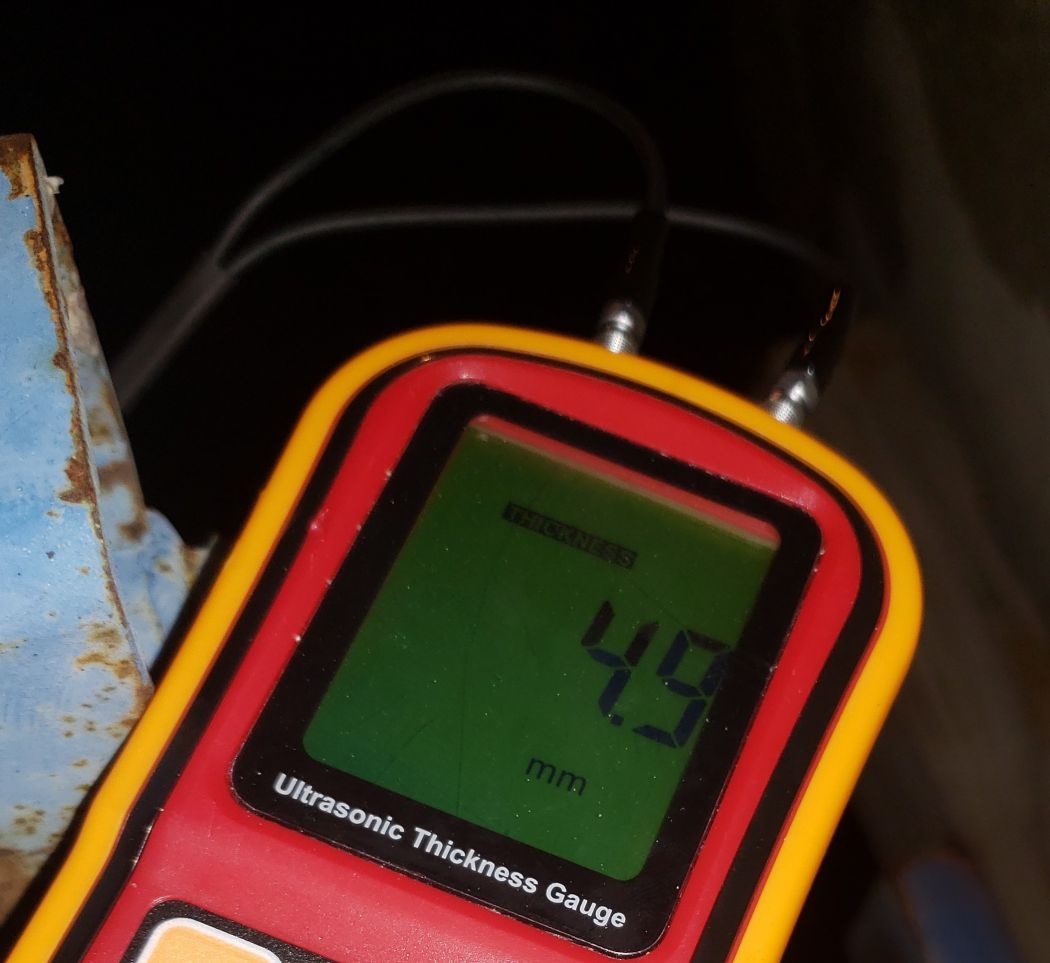
Metal thickness testing on old houseboats. 4.9mm is roughly 0.193 inches. Plenty of thickness given most new metal hulls are comprised of 1/8th inch / 0.125 inches of metal plating.
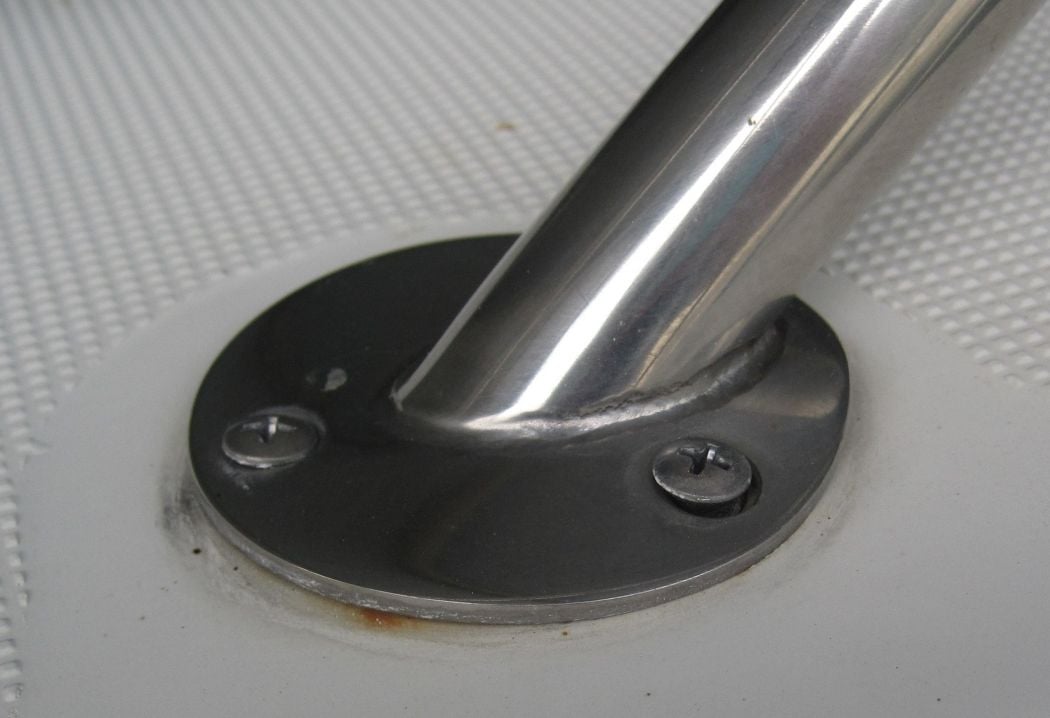
Loose screws allow water to leak into the underlying fiberglass matte, leading to corrosion & rot.
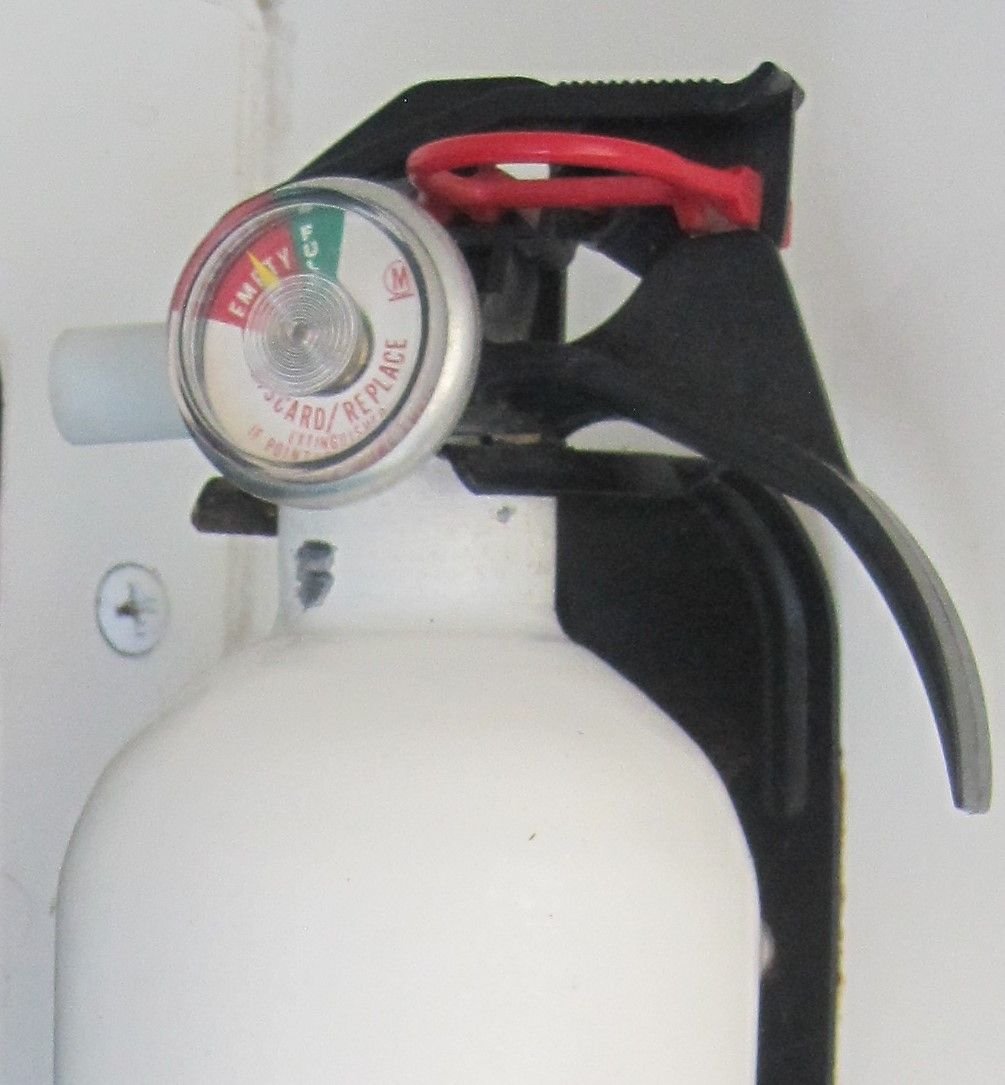
Nobody loves their fire extinguisher until they actually need it...
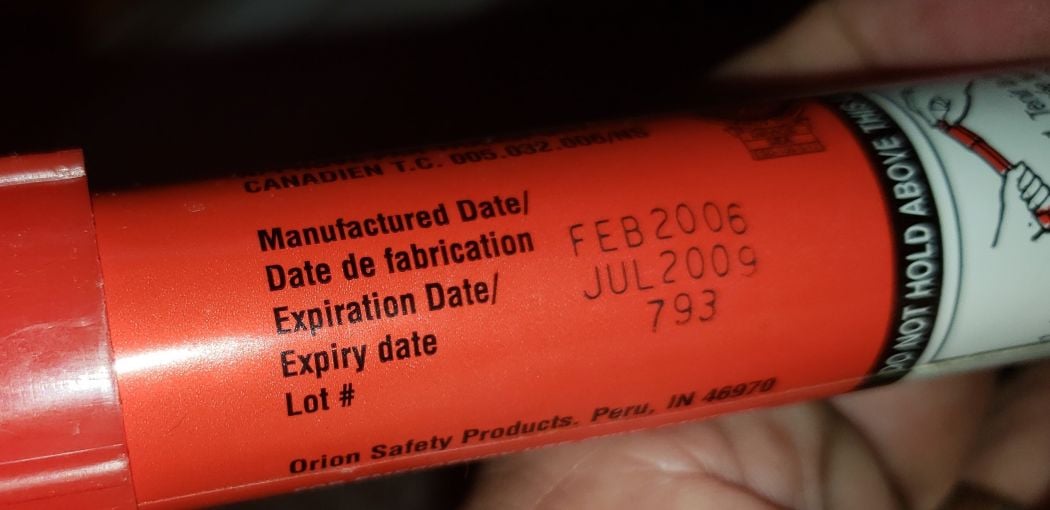
Nobody loves their flares until they actually need them.
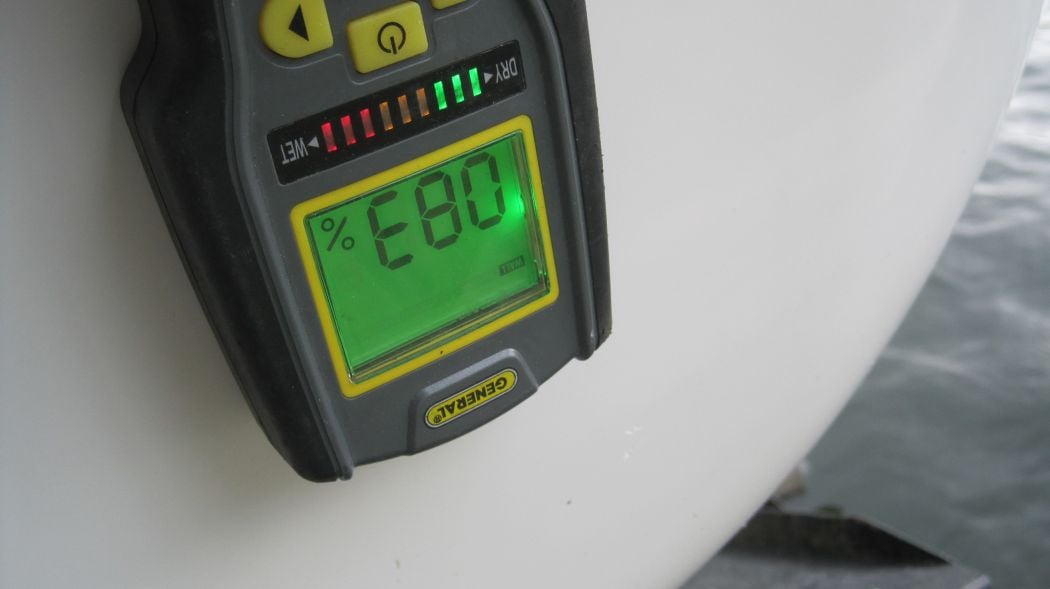
Moisture meters are not a straight science but readings this high indicate the transom is wet underneath the gel coat...... the question is why and is it rotten?
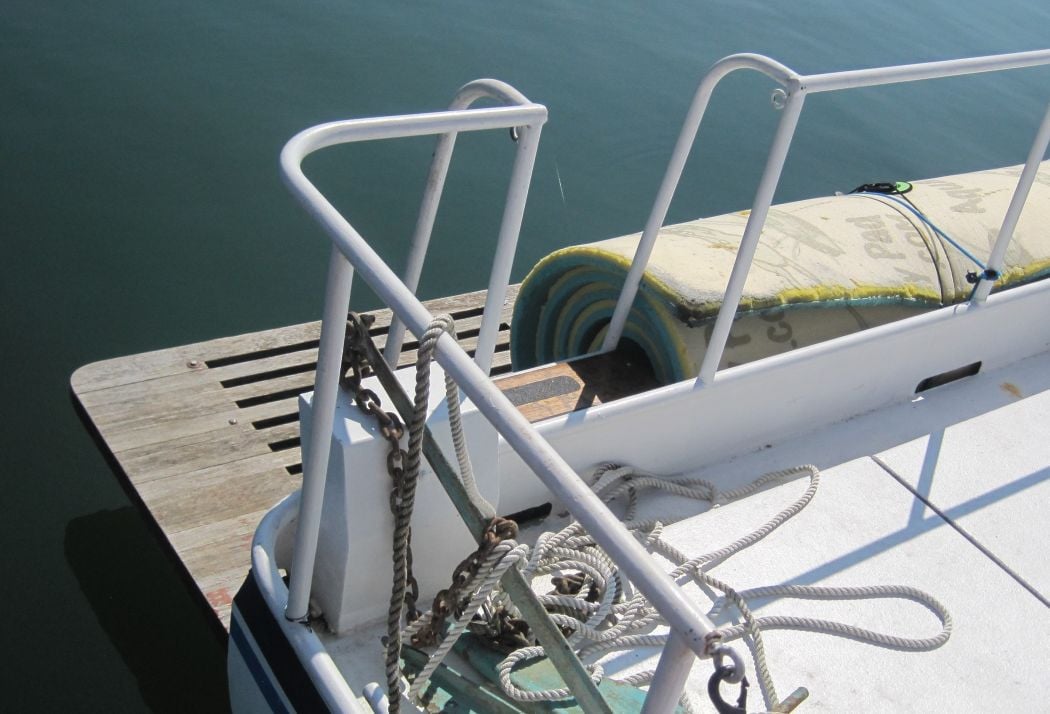
Nobody wants to actually fall overboard. Put up a barrier and have peace of mind.
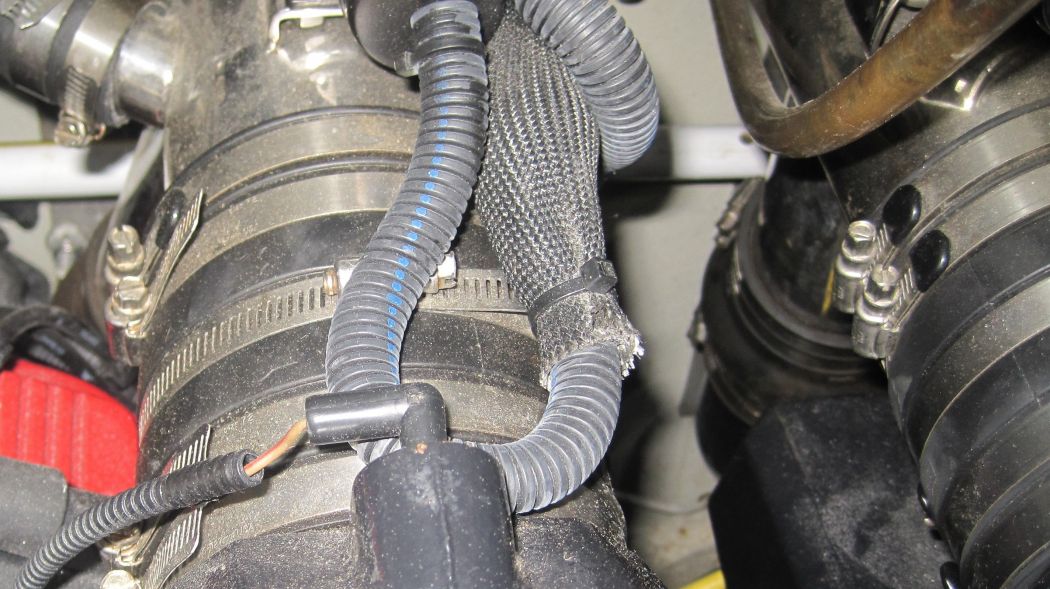
If an exhaust hose comes loose, you're pumping 4 to 8 inches of water into your bilge. Two clamps per barb meet USCG requirements.
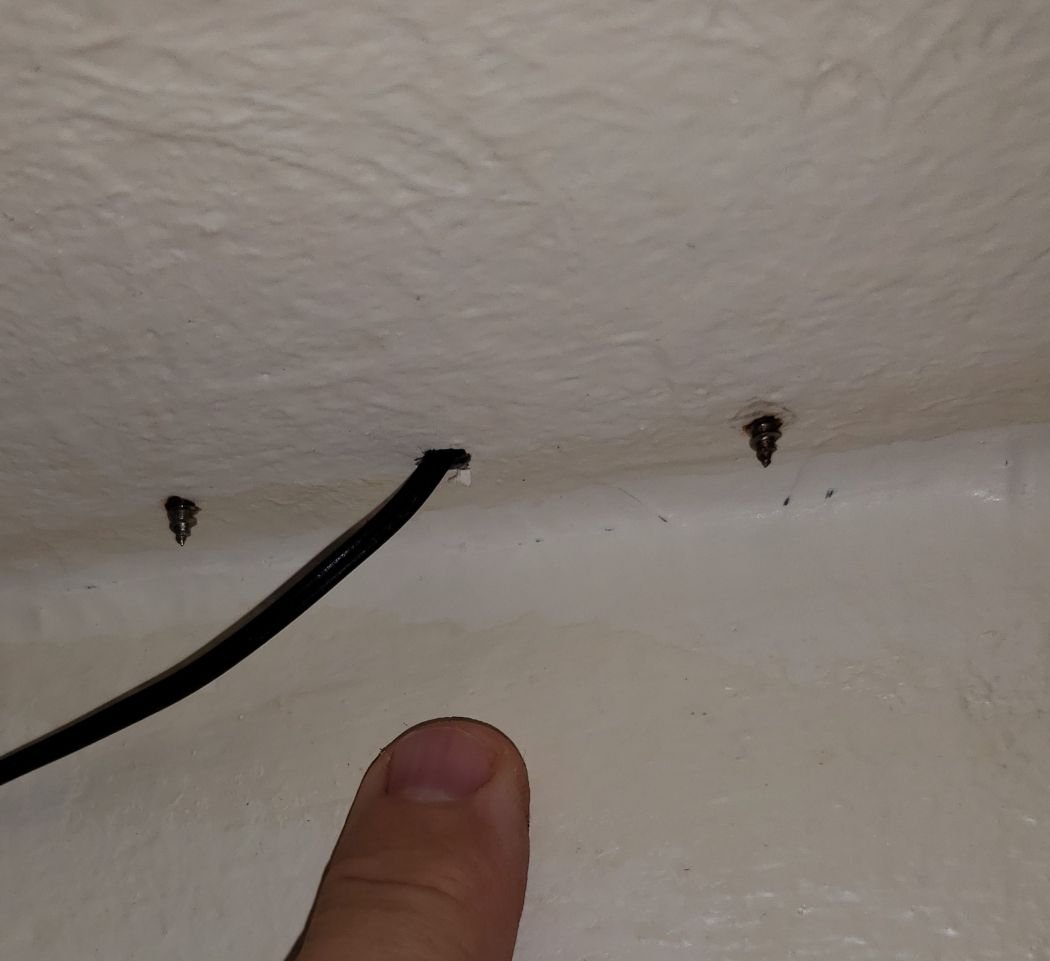
Sharp objects need to be cut off flush or have a protected coating applied.
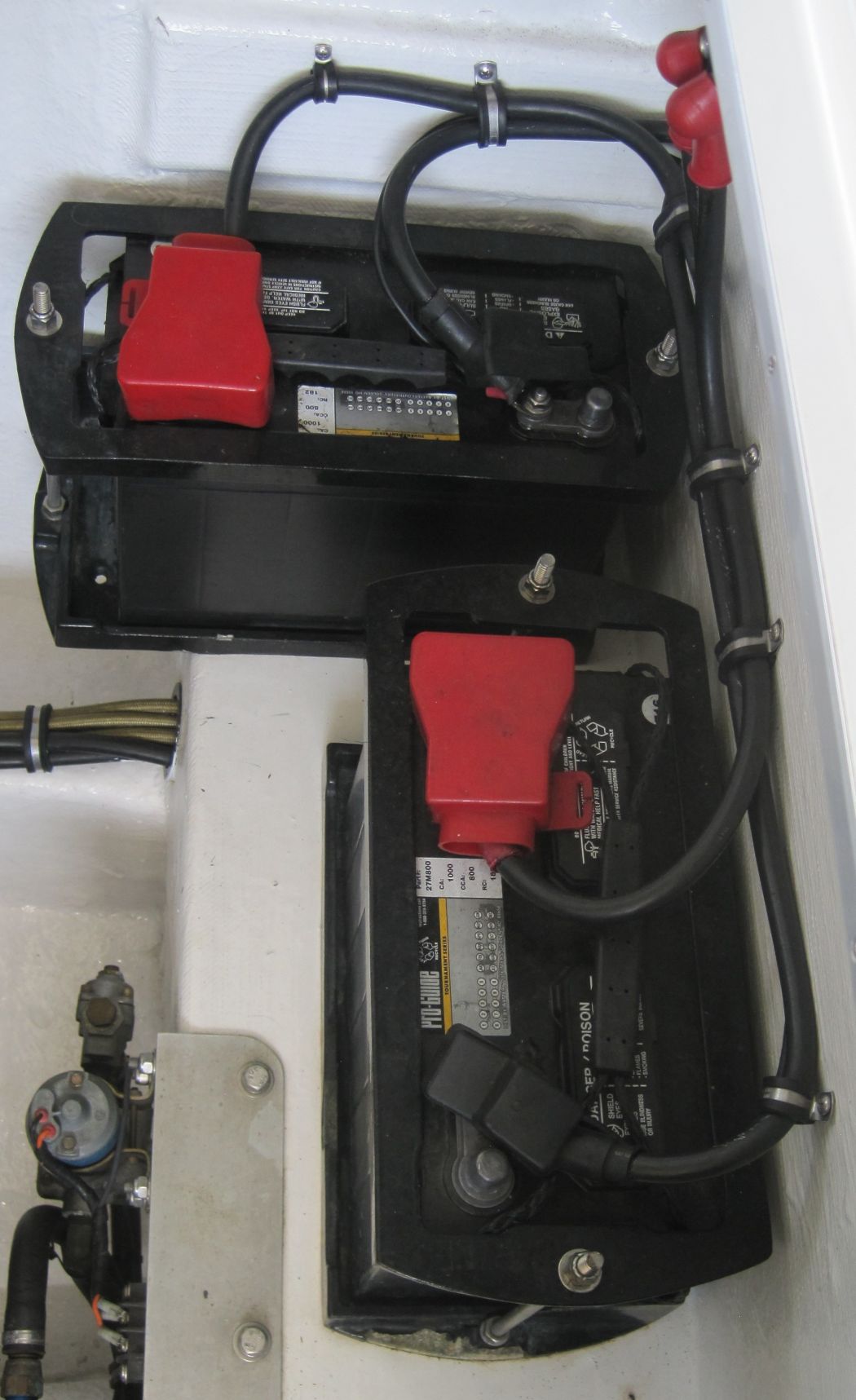
If the + terminals are not covered and something metal shorts across to the negative terminal, you'll get a spark. Most of the time, your fuel tank is nearby. Boom